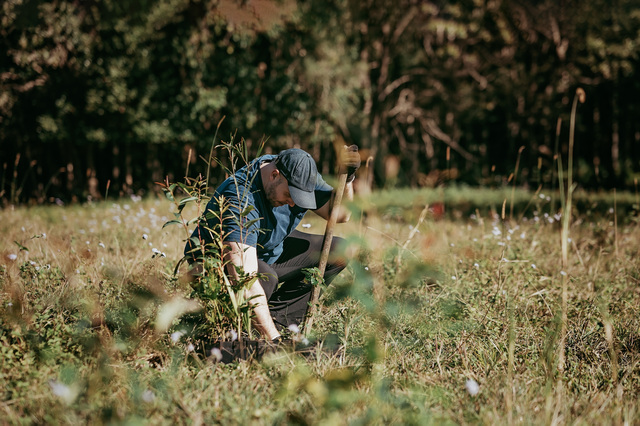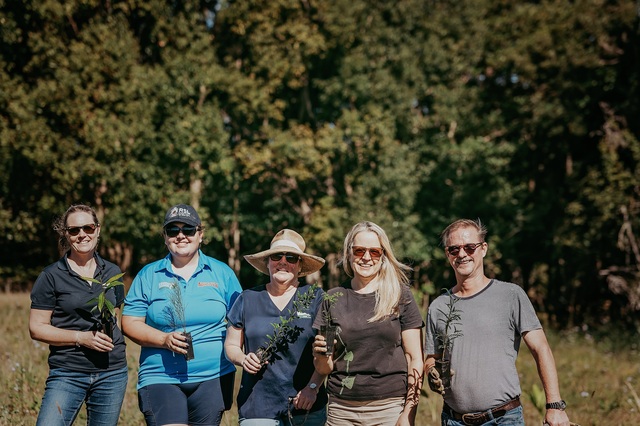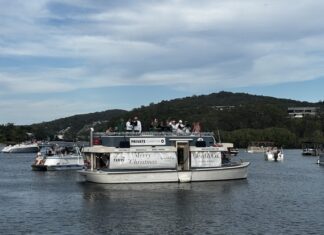
The first of 10,000 trees purchased by Sunshine Coast businesses, visitors and tourism operators through the Sunshine Coast Sustainability Program have been planted to mark World Environment Day, last week.
The planting of trees by Sunshine Coast tourism operators, team members from Visit Sunshine Coast and Noosa Landcare at Kurui Cabin in the Cooroy Mountain Wildlife Corridor marks a milestone for the pioneering initiative.
Created by Visit Sunshine Coast (VSC) in conjunction with Reforest and Sunshine Coast Council, the sustainability program encourages businesses and tourists to offset their carbon impact by buying trees to plant locally.
“It’s the tourism industry’s way of giving back to the community, removing carbon and restoring natural habitat here on the Sunshine Coast,” said Visit Sunshine Coast chief executive officer Matt Stoeckel.
“The natural appeal of the Sunshine Coast is one of the main reasons visitors come here and, as the region’s peak tourism body, we have a role to play in ensuring a greener future,” he said.
Reforest co-founder Daniel Walsh said, “We are thrilled to see the first trees being planted as part of the Sunshine Coast Sustainability Program.”
“This program is all about making impact for climate and nature feel tangible and personalised to the businesses and visitors who are supporting it. Nothing does that like seeing real trees going into the ground in an important site that will benefit a variety of native species.
“It gives new meaning to the tourism adage ‘leave only footprints and take only memories’.
“By planting trees here in the Cooroy Mountain Wildlife Corridor, we are restoring an area of grazing land to its original state.
“This type of subtropical rainforest is recognised as a critically endangered ecological community in the Sunshine Coast hinterland.
“The area runs along a tributary creek that connects to the Upper Six-Mile Creek of the Mary River, which influences water quality in the Great Sandy Straight and Southern Great Barrier Reef lagoon.
“The first two properties, at Cooroy and Caloundra, selected for regeneration are both former cattle properties and the native trees purchased through the program are helping to restore native sub-tropical rainforest.
“The sites are being regenerated with native plant species to improve biodiversity and provide safe habitats for endangered species such as koalas, the tiny Coxen’s parrot and the Richmond Birdwing Butterfly.
“We look forward to working with Visit Sunshine Coast and the local tourism industry on many future plantings like this as the program grows and becomes a central part of the tourism experience on the Sunshine Coast.”
Mr Stoeckel said the region was very lucky to be situated in a Biosphere corridor with three UNESCO Biosphere regions side by side, which is unique in Australia.
“That status is a major attraction for Australian and international visitors, who generate over $5.2 billion annually in revenue to support the Sunshine Coast’s businesses and community,” he said.
“We are committed to making a positive and meaningful contribution towards the sustainability of the Sunshine Coast as a destination.”







